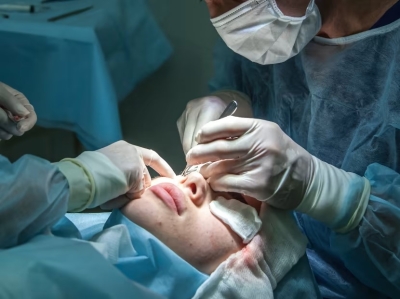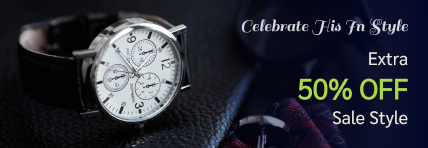KUALA LUMPUR, March 22 — Young South-east Asians are increasingly seeking affordable cosmetic enhancements, from botox to fillers, often turning to unlicensed clinics or traveling to countries like Thailand and Vietnam.
While social media influencers and beauty industry algorithms fuel the demand, experts warn of the psychological toll of chasing ever-changing beauty ideals.
Obsession with aesthetics
By 21, Singaporean beauty blogger Regina Yeo had reshaped her jawline and nose—achievements she credits to a risky visit to an unlicensed clinic.
Now 25, she has no regrets, seeing aesthetic procedures as routine self-improvement. “It’s like going to the gym,” she said in an interview published in the South China Morning Post today.
For many Gen Zers, cosmetic treatments are no longer luxuries but necessities, made accessible by a booming industry that offers procedures at rock-bottom prices.
Social media trends like “looksmaxxing” and “glow-ups” further normalise enhancements, driving demand for both licensed and underground treatments.
‘Glow-up getaways’
With procedures in Jakarta costing half of what they do in Singapore, businesses like Barbiefied Beauty Concierge now offer tailored payment plans for young clients eager to alter their appearance.
Minimally invasive treatments—botox, fillers, and double-eyelid surgery—are especially popular, marketed as essential self-care.
Despite horror stories of botched procedures, infections, and even deaths, beauty seekers remain undeterred.
Social media serves as both a research tool and a platform to showcase transformations.
Some even develop an addiction to enhancements, with weekly vitamin injections or routine jawline touch-ups.
The toll of the beauty algorithm
Experts warn that relentless exposure to beauty content creates a “doom loop” of dissatisfaction, pushing young people toward constant cosmetic interventions.
Psychiatrist Adrian Wang told the Hong Kong newspaper that many struggle with self-esteem tied to physical appearance, leading to anxiety when results fall short of expectations.
The risks extend beyond regret – what’s trendy today may be outdated tomorrow.
Yeo herself now laments past procedures.
“I melted the fat in my face, but now fuller cheeks are in, and I feel sunken,” she told the South China Morning Post.
With social media platforms tightening restrictions on cosmetic content for teens, some safeguards are emerging, yet, as the beauty industry grows, so does the pressure to conform—one injection at a time.


